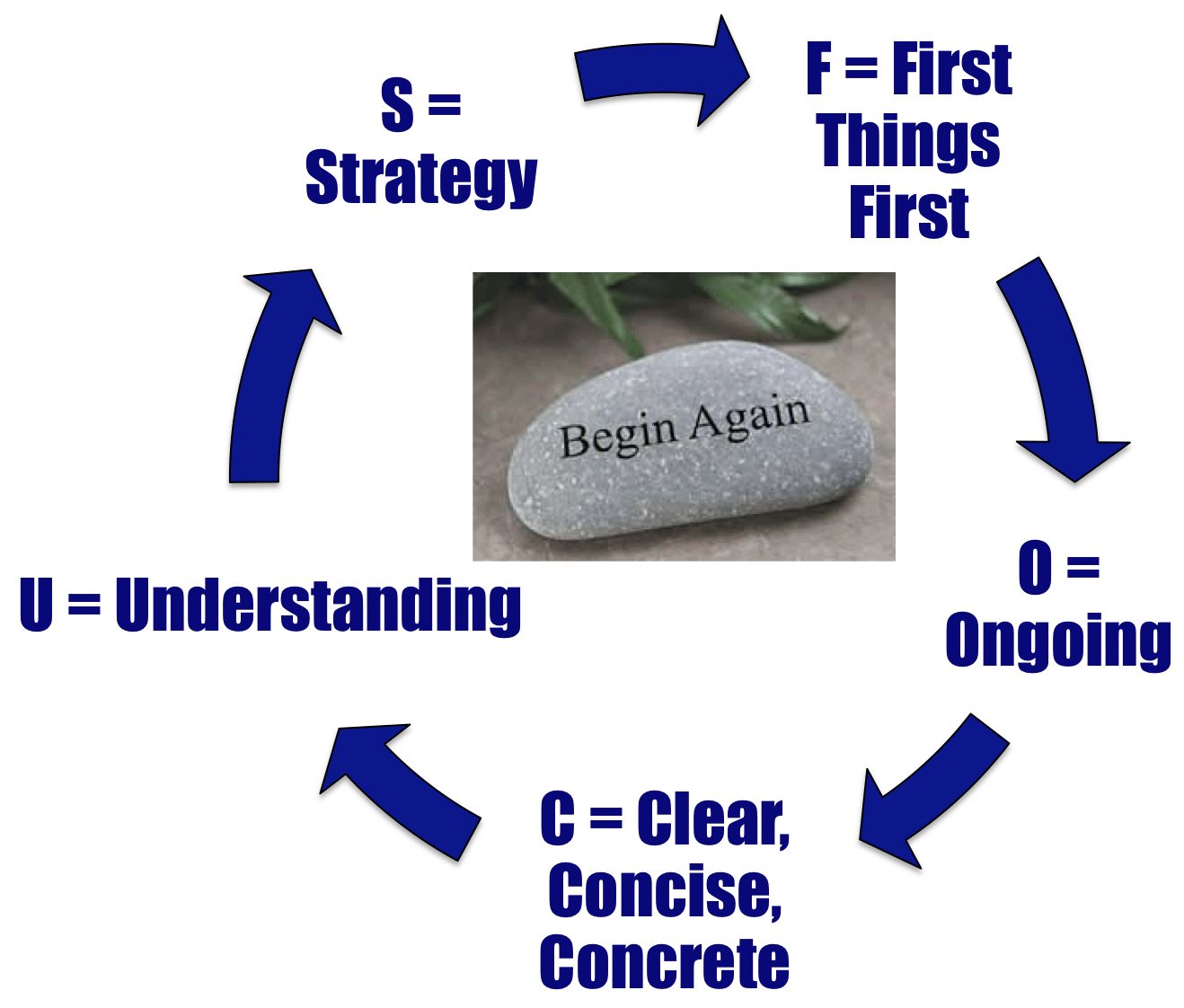Treat your staff like children.
Do you disagree with this statement? Is this notion shocking to you?
We give children quality supervision and boundaries. We empower them to make decisions, and hold them accountable for their choices. We help them develop their skills. We give them feedback on their performance. We do the same with our staff. It comes from a place of love. Leadership is not about love – it is love. We love our staff like we love our children. We genuinely care about them. We want them to be happy. We love them enough to accept them where they are when we hire them, and help them get better. We facilitate their positive development.
Today, I am writing to give you some tips about giving feedback to your staff.
This is not about “positive and negative” feedback. It is about facilitative feedback. Facilitative feedback makes it easier for your followers to continually improve and develop their skills. It is all about creating a culture of positivity, boundaries, and continuous improvement. It is all about learning lessons from our mistakes. It is about creating a culture where accountability for our behavior allows us to empower our people to act and drives continuous quality improvement.
If you have ever attended one of our workshops, you know I love acronyms. So, I created one to help you remember a formula for providing feedback. The acronym is F.O.C.U.S. – which is great because providing great feedback is all about how we FOCUS on issues, not on personalities; how we FOCUS on the future; how we FOCUS on results; and how we FOCUS on facilitating the positive development of people.

F = First Things First
- First – begin with yourself. Crave and encourage feedback of your own performance.
- First – begin with love. Love others enough to facilitate their development.
- First – begin with positivity. Presume positive intentions. Facilitate positive growth.
- First – script it out. Don’t wing it. Plan for what you will say, how you will say it, and where you will say it.
- First – plan for emotional safety and confidentiality.
- First – set the stage for success. Describe how and how often you will provide feedback.
O = Ongoing
- Be timely. The more feedback you provide, the easier it is to give corrective feedback.
- Provide feedback as close to the “point of performance” as possible. Especially when an undesirable behavior or mistake happens, take time to relax and think about it. A.S.A.R. = As Soon As Ready/Reasonable.
- Don’t “gunny sack” issues – collecting multiple issues that you can dump on them.
- Regularly schedule your feedback – weekly, biweekly, or even monthly.
- When feedback is ongoing, it does not cause fear and dread.
C = Clear, Concise, Concrete
- Be CLEAR – specific, precise, objective, & descriptive. As if captured on camera.Don’t be “wishy-washy.” Don’t “sugar coat” it.
- Be CONCISE – keep it brief. Limit your focus to a single or a few items. Don’t beat around the bush. Get right to it. Keep it short and simple.
- Be CONCRETE – make it real and relevant. Say why it is a problem or effective.
- I noticed X. Here’s what I thought/felt about it …
- … and these are the consequences to you, the kids, the program …
- When you do X, here’s what happens (positive outcomes). Keep it up!
- When you do X, here’s what happens. What can you do to change that?
- U= Understanding
- Now let them talk. Don’t assume you know everything. Ask questions. Ask for their thoughts or their response.Clarify. Tell me more about that. What do you mean when you say that? Examples?
- I noticed X. Here’s what I thought about it.
- What is YOUR take on this? What do you think? What are your thoughts?
- Pay attention to their body language and biofeedback (breathing, posture, tension).
- Ask for their ideas or how they might improve the situation.
- Ask how they learned to do that great thing, or what great outcomes they might expect. How do the kids react to this? Do you think other adults in their lives do this?
- Confirm. What I’m hearing you say is … So your suggestion is … Is that right?
S = Strategy
- Decide on a course of action and get buy in for the solution.
- Frame to get buy in. Explain the relevancy of changing a behavior or learning a skill.
- Answer – WIIFM? What’s In It For Me?
- Request explicit change of behavior (for opportunities).
- The behavior I am seeing is X What I need to see is Y.
- This _____ has worked for me or for others in similar situations. What do you think?
- Let’s talk about the plan. When this situation happens again, what will you do?
- Is this something you can commit to doing?
- Let’s summarize…End with their commitment and your consequence of recurrence. Don’t end with a warm fuzzy, a hug, or some praise.
- What are YOU agreeing to do?
- OK. If you do NOT do this, the consequence will be _____. The END.
- Avoid the B.S. = the Baloney Sandwich. This is confusing. This is unnecessary if you are providing ongoing reinforcing feedback.
- Follow up. Schedule a follow up meeting on the calendar.
- Let them know you noticed them doing it right.
- John… We talked yesterday about enforcing the rules and expectations. How has this been going? I’m asking this because I noticed kids in your group climbing on the tables while you were supervising. It would be helpful to know what is preventing you from doing what we talked about. Let’s go over this again, I want to be sure you understand the consequences to your employment if this continues.
- Provide the consequence you promised.
Then the Facilitative Feedback Flywheel begins again, and again, and again and the continuous quality improvement process is institutionalized and becomes a permanent part of the culture of your workplace.
For breakfast today I had a large glass of iced coffee and some green chile stew.
Author Profile: @mikeashcraft
